THE BOOSTER SERIES - BOOSTER 1 or BLUE-EYES YUGI DRAGON
ADVERTISED CARDS: Ryu-Kishin, Wattkid, Legendary Sword
Booster 1
Both card type and rarity, in a rare instance, are connected to one another. While all of the monsters were simple Commons that flooded gains, the Rare Equips could be the one of three that you could get from 100 Yen. With this in mind, it's noticeable that Booster 1 retains the "1 Rare" setup that was started in the Vol. series. Along with the regular cards came rule cards that explained the rules of the game:
 |
| Front of Booster 1 rule cards |
Booster 1 has had a lot of cards that have never seen the light of day again. In Japanese, the following were never reprinted:
"Ancient Jar", "Dark Plant", "Dig Beak", "Djinn the Watcher of the Wind", "Droll Bird", "Embryonic Beast", "Gate Deeg", "Graveyard and the Hand of Invitation", "Lucky Trinket", "Man-Eating Plant", "Mech Mole Zombie", "Midnight Fiend", "Mystical Capture Chain", "Phantom Dewan", "Phantom Ghost", "The Melting Red Shadow", "Weather Control"
Of all of these cards that were reprinted, only eight were ever imported out of the country. Many of the bad monsters were simply redundant compared to others released before and after B1.
BANDAI CARDDASS
However, I mentioned these were sold via Carddass vending machines instead of through regular Core Booster Packs. What IS Carddass, and why is it important? In short, Carddass (カードダス Kādodasu) is a vending machine system originally designed by Bandai for the sake of selling cards teaching children about the properties they were involved in like how. The earliest use of Carddass was for the Saint Seiyu anime in 1988. But by 1998, the most popular Shonen Jump manga Dragon Ball had sold 2 million Carddass by 1998.
The original goal of Carddass was to serve as an informative way for children to learn about the anime they were interested in like the Automated Meteorological Data Acquisition System (AMeDAS), a shift occurred in the 1990s that altered how Carddass worked. With the creation of Magic the Gathering in 1993, the 90s CCG boom began and, along with video games, affected how games are played on a global scale. In Japan, CCGs like the POKEMON CARD GAME and Magic the Gathering used the Carddass system to get their cards out to market; Bandai too used their own cards for their Yu-Gi-Oh! game. So when Konami took over from Bandai, it was logical to continue using the system in place.
Though the opportunity was there to explain this during the Pre-OCG articles, it was felt that it was too soon to go into detail. With Bandai owning the Carddass vending machines, it was obvious that they would use them. It's with KONAMI that the Yu-Gi-Oh! game spent most of its time being sold in Carddass form. It's an early look at how Konami dealt with putting the cards to market as their contemporaries did.
REPRINTS
Notable from Booster 1 are the first reprints in the game's history. If you failed to get the Equip Spells from Vol.1, then getting them from the Carddass would be the 2nd opportunity one would have to get them. In a limited card pool, the majority are still valuable with Deckbuilding. Here is a comparison between the Vol. series version and the Booster 1 version of "Violet Crystal."
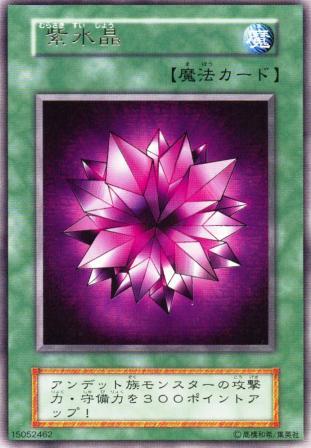
Notice the difference between the cards despite being the same. I'll talk about this another time. Now here are some monsters with the stats to use these cards well:
VIOLET CRYSTAL BEAST FANGS
POWER OF KAISHIN
BOOK OF SECRET ARTS

LEGENDARY SWORD
Though the following monsters under discussion were the most valuable, these monsters had the advantage of strong Tribe affiliation which let the Equip Spells support them and hit above their weight class with either 1200 Attack Power/Defense Power. So getting these cards, especially in the first block, wasn't a terrible loss.
VALUABLE MONSTERS
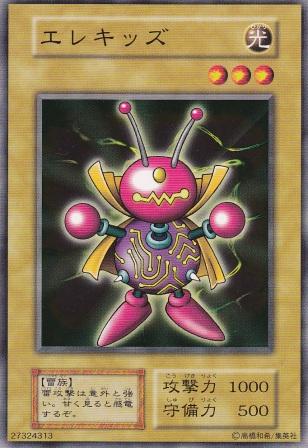
Ryu-Kishin (ガーゴイル Gāgoiru "Gargoyle") and Wattkid (エレキッズ Erekizzu "Eleckids") were the most wanted cards from Booster 1. What made them viable was their 1000 Attack Power. And while their Tribe isn't one of the supported ones, math can overcome some of these conveniences. For example, Silver Fang and Mammoth Graveyard's 800 Defense Power was enough to stymie Tier 3 Vol.1 monsters which gave them some defensive utility. With Booster 1, that utility is lost, making them vulnerable to Trap Hole since Summoning them in Attack Position is more likely.
While less flashy, Battle Warrior (In Sealed however, Battle Warrior is a wall of thorns. Thanks to having equal Defense Power to the best Attackers of the set, it can stall anything that is unboosted. However, a Legendary Sword equip makes Battle Warrior near impossible to break. Since there is no removal, turns can stack up until the necessary Equip Spells can be found. But until then, Battle Warrior's controller has a massive advantage.
This is worth mentioning as this is the first time a true stall strategy could be implemented in the game and foreshadows what is to come shortly.
CONCLUSION
Less flashy than the first Volume, Booster1 regardless was a step forward for the game. The monsters got stronger, and players got a second opportunity at the valuable Equip Spells that helped give an edge in battle. And while things get somewhat murkier than normal in March, Booster 1's biggest contribution was both increasing the cap of Attack/Defense Power as well as being the first of the Booster series.
This was also the last Booster of the Kanan Format. While the OCG had started the month prior, the game was still in its infancy. There were none of the structures yet that we would even recognize. Which means that, with the exception of the DM1 National Tournament, the game was very much a local affair. The next major product would properly introduce the game and bring up the OCG's first true format: The Official Rules Format.
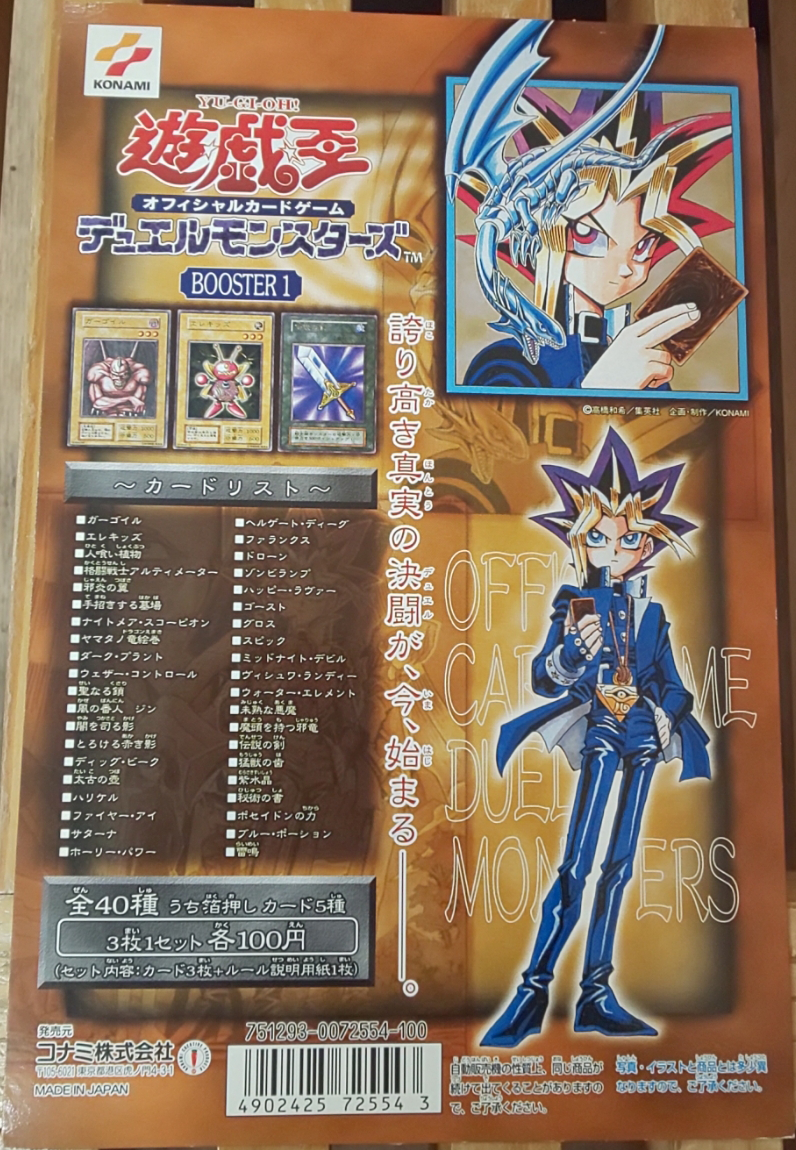
.png)
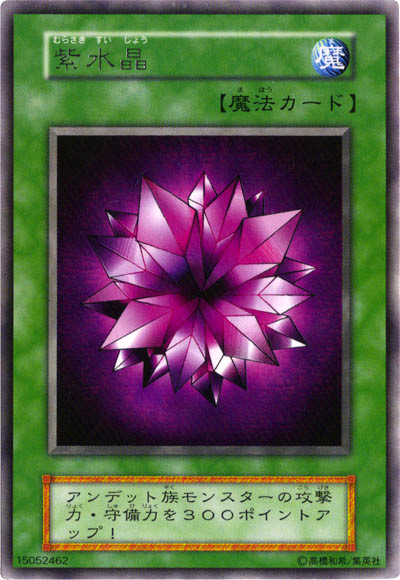
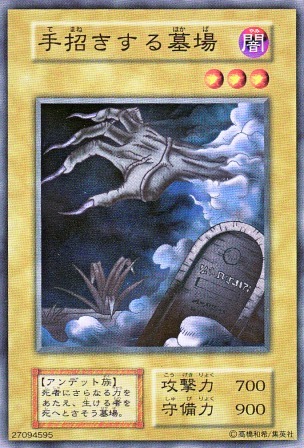
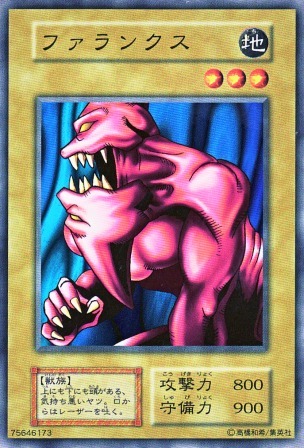

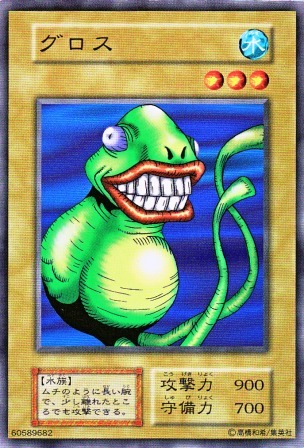
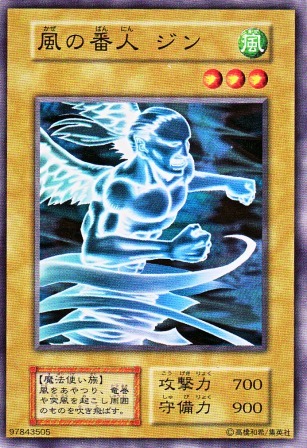
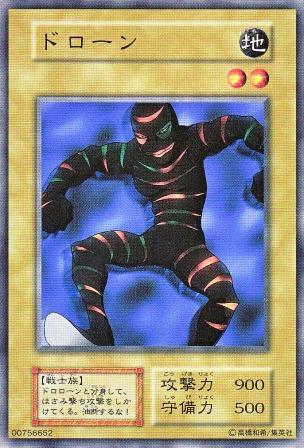
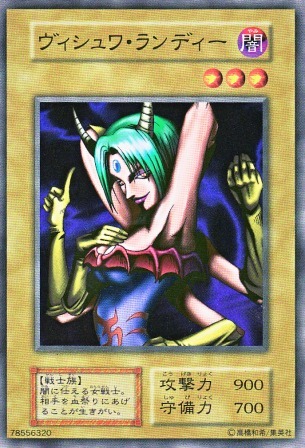
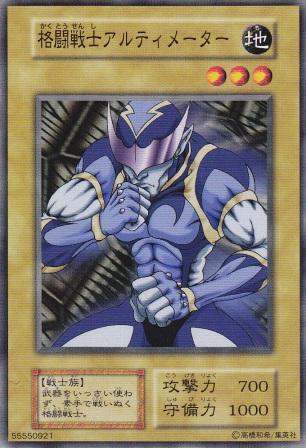

Comments
Post a Comment